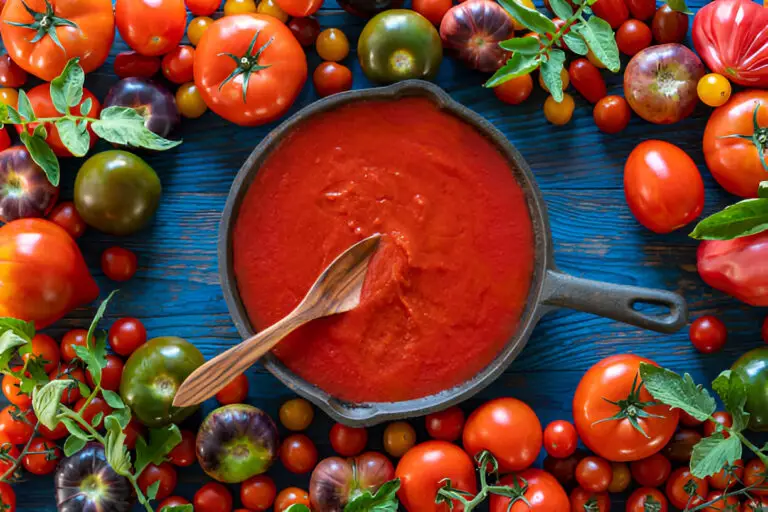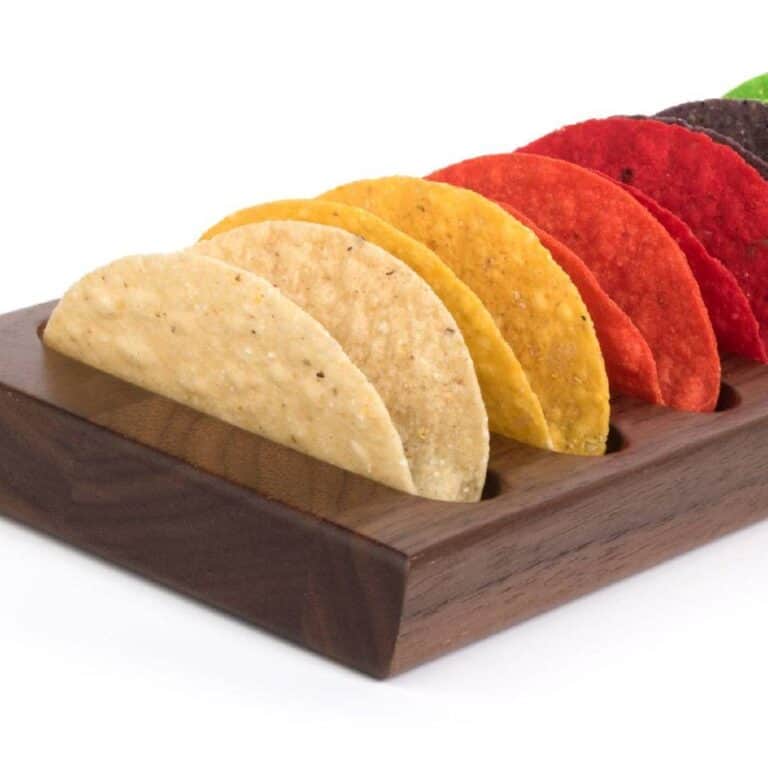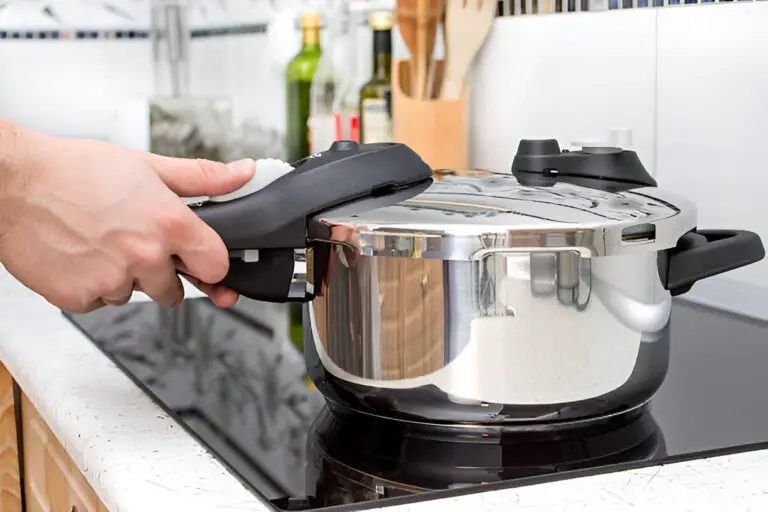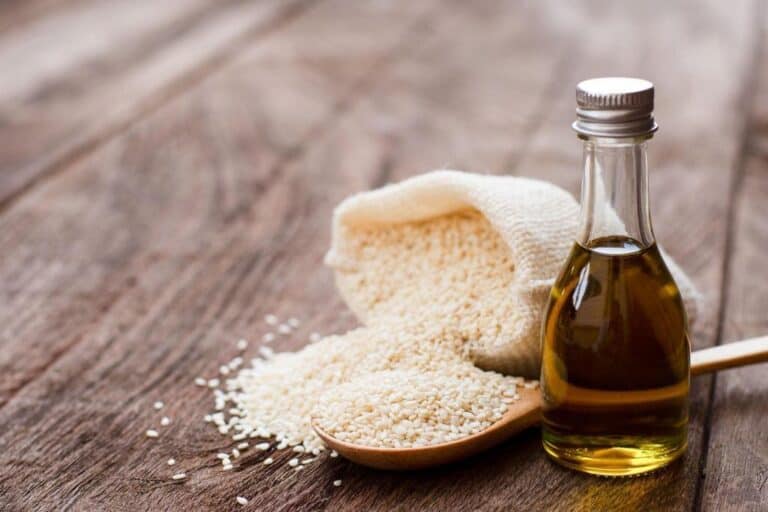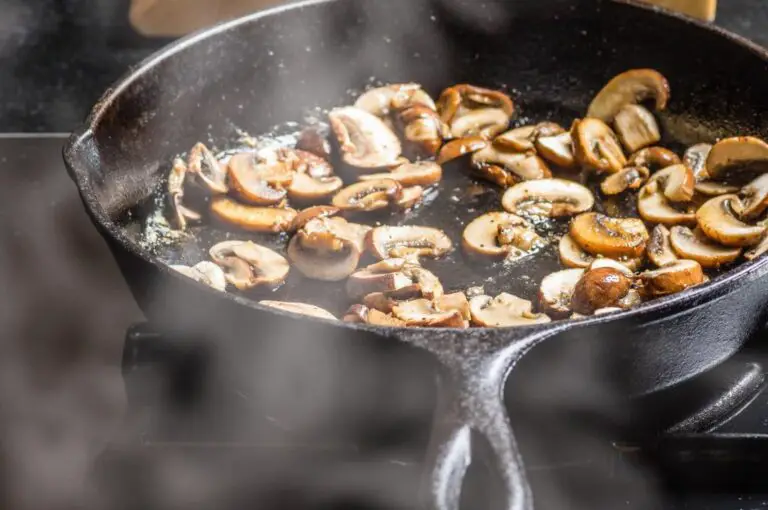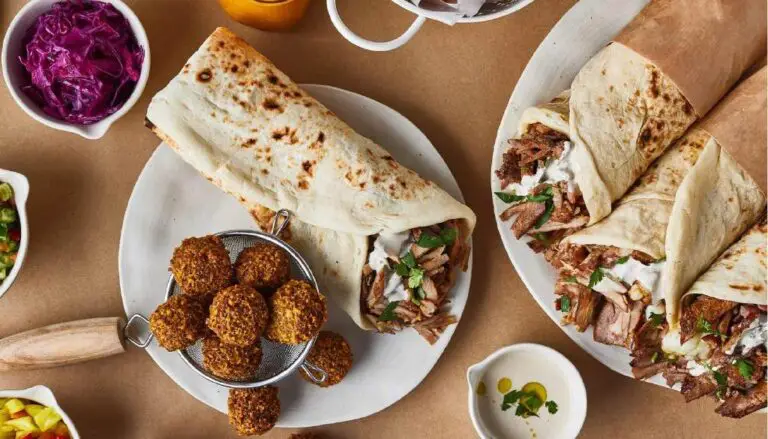Can You Reheat Hot Dogs Twice and Still Taste Good?
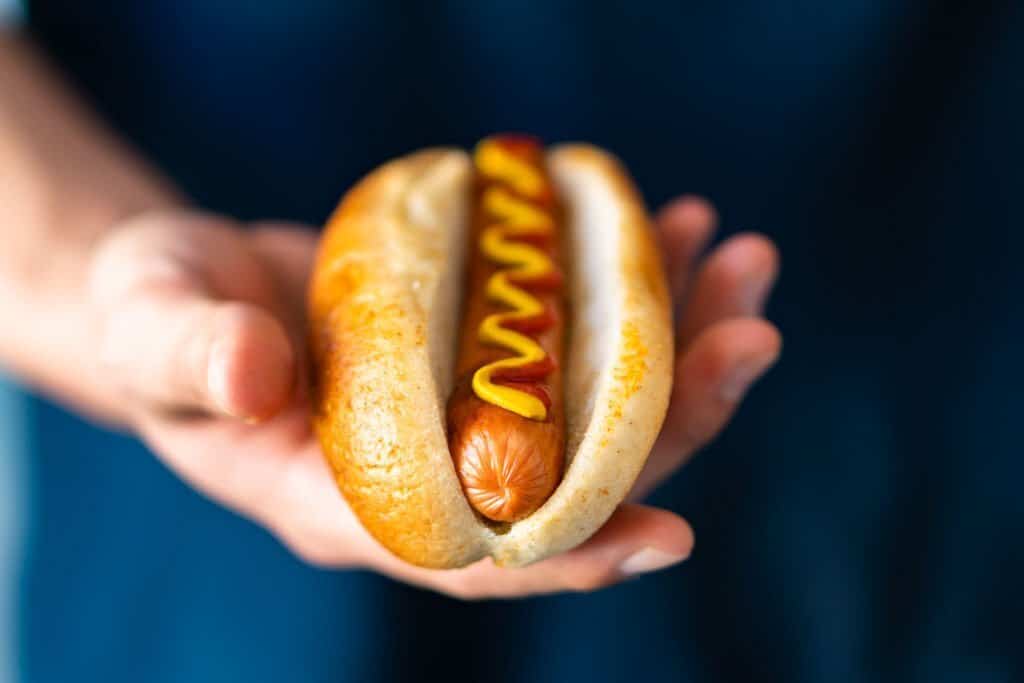
Hot dogs have become a beloved staple in many households, thanks to their quick preparation and delectable taste. Whether grilled during summer barbecues or enjoyed as a snack at baseball games, hot dogs offer a convenient and satisfying meal option for people of all ages.
However, there are times when we find ourselves with leftover hot dogs that need reheating. Perhaps yesterday’s backyard cookout left you with an abundance of perfectly cooked franks.
Maybe you took advantage of a sale on your favorite sausage variety and want to enjoy it over the course of several meals. In these situations, knowing whether it is safe to reheat hot dogs becomes essential.
Reheating leftovers is a common practice for many individuals seeking to make the most of their groceries. Hot dogs often find themselves in this category due to their durability and ease of refrigeration.
Yet, there seems to be some uncertainty surrounding how many times one can safely reheat them without compromising food safety. With that said, read on as we delve into the topic and shed light on any potential risks involved.
Understanding Food Safety Guidelines in Reheating Food
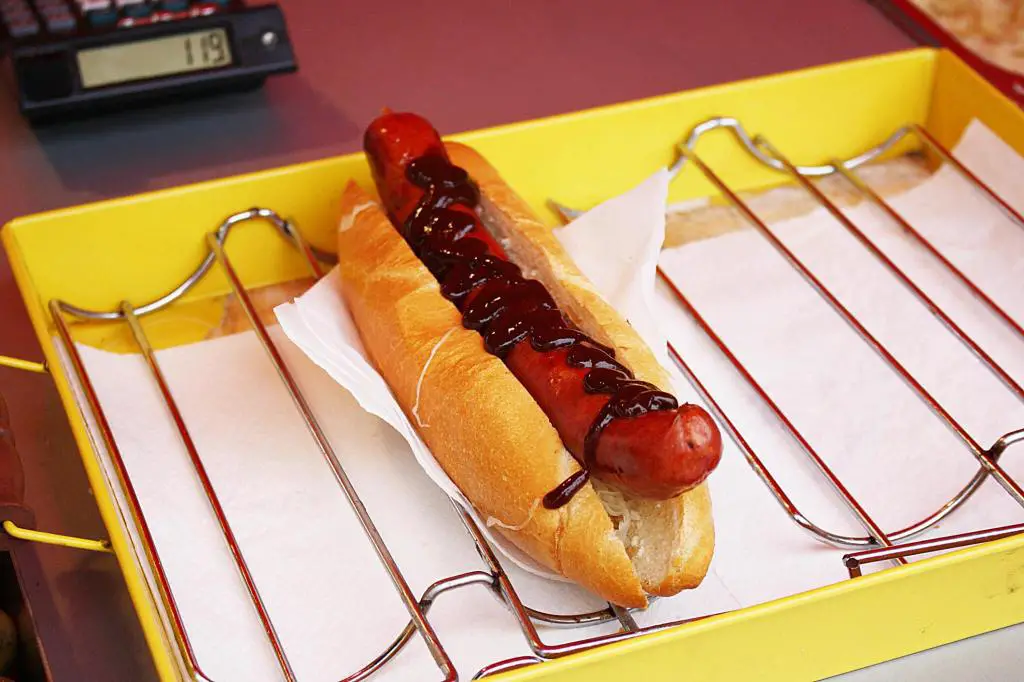
Proper food handling practices are crucial for maintaining the safety and freshness of our meals. When it comes to reheating and eating leftovers, including hot dogs, you need to follow some general guidelines to ensure they are safe to eat. By doing so, we can prevent the risk of bacterial contamination and foodborne illnesses.
To begin with, one should always be mindful of the temperature danger zone—between 40°F (4°C) and 140°F (60°C). This is where bacteria multiply rapidly in perishable foods like meats.
When leftovers such as hot dogs have been cooked and cooled down, they should be stored at temperatures below 40°F (4°C) or above 140°F (60°C), which will help inhibit bacterial growth.
When reheating hot dogs or any other leftover meat, make sure that they reach an internal temperature of at least 165°F (74°C). This kills off the most harmful bacteria that might have multiplied during storage. Use a food thermometer to accurately measure the temperature and avoid guesswork.
Generally, you should never reheat leftovers more than once since each round of cooking only provides a temporary reprieve from bacterial growth. If your hot dog has been kept in the refrigerator for longer than four days, it is best not to reheat it at all but rather discard it and prepare a fresh one instead. Remember, when in doubt about the safety of reheated food items like hot dogs, it’s always better to err on the side of caution!
Can You Reheat Cold or Refrigerated Cooked Hot Dogs Twice?
Yes, you can, but it is suggested that you reheat hot dogs only once. Reheating hot dogs more than once can dehydrate them, making them dry and harder to chew. If you have to reheat the hot dog a second time, use water in the process.
It is important to practice good hygiene when preparing and storing foods, and to cool foods on the bench either in small portions or in shallow containers. After cooking, potentially hazardous foods should be cooled to less than 5°C as quickly as possible.
If you don’t consume reheated food immediately, avoid handling it and return it to the fridge within two hours. Prolonged storage and repeated reheating will affect the taste, texture, and sometimes the nutritional quality of foods. However, if food has been hygienically prepared, cooled quickly, and stored cold, reheating more than once should not increase the risk of illness
Reheating Methods for Already Heated Cooked Hotdogs
It’s essential to always use proper cooking methods and equipment, such as stovetops or microwaves. It will minimize the risks associated with reheating cold or previously cooked hot dogs.
Reheating on Microwave
Microwaves can be a convenient option for reheating stuffed sausages such as steamed bologna or bratwurst. Microwaving works by utilizing electromagnetic waves to generate heat within the food, resulting in even and quick reheating.
To reheat hot dogs in the microwave, start by placing them on a microwave-safe plate or dish. For larger or thicker sausages, like bratwursts or weisswursts, consider cutting small slits along their length before microwaving to allow the heat to penetrate more evenly. Cover the dish with microwave-safe plastic wrap or use a microwave-safe cover.
The recommended time duration for microwaving will depend on factors such as the weight and size of the hot dog and your preferred level of heat. On average, heating one hot dog usually takes around 30-45 seconds in a 1200-watt microwave oven at high power.
Remember that different microwaves have varying wattage levels, so adjust your cooking time accordingly if yours is lower or higher than average. Always monitor closely while reheating a hot dog in order to avoid overcooking, which can result in a dry and rubbery texture.
| Read: Can You Reheat Uncle Ben’s Microwave Rice Twice? |
Reheating on Stovetop
Stovetop reheating offers distinct advantages, enhancing the hot dog experience. Unlike other methods, the stovetop allows for a gradual reheating process, preserving the integrity of the hot dog’s texture and flavors. The controlled environment ensures that each bite is as delectable as the first.
Steps for Stovetop Reheating
- Slice and Prepare: Begin by slicing the hot dogs into manageable pieces.
- Medium Heat: Place a skillet on the stovetop over medium heat.
- Even Distribution: Arrange hot dog slices evenly on the skillet for consistent reheating.
- Stir Occasionally: Keep things sizzling by stirring occasionally to ensure even warmth.
Table: Tips for Stovetop Reheating
| Tip | Description |
| Slice Uniformly | Ensures even reheating and consistent texture. |
| Use a Non-Stick Skillet | It prevents sticking and makes cleanup a breeze. |
| Add a Splash of Water | It helps maintain moisture and prevent dryness. |
| Experiment with Seasoning | Sprinkle with spices or herbs for a flavor boost. |
Flavor-Infusing Techniques
Stovetop reheating provides an opportunity to infuse additional flavors into your hot dogs. Experiment with various seasonings, such as garlic powder, onion flakes, or a dash of your favorite hot sauce. The stovetop becomes your culinary canvas, allowing you to tailor each reheated hot dog to your taste preferences.
Reheating on Grill
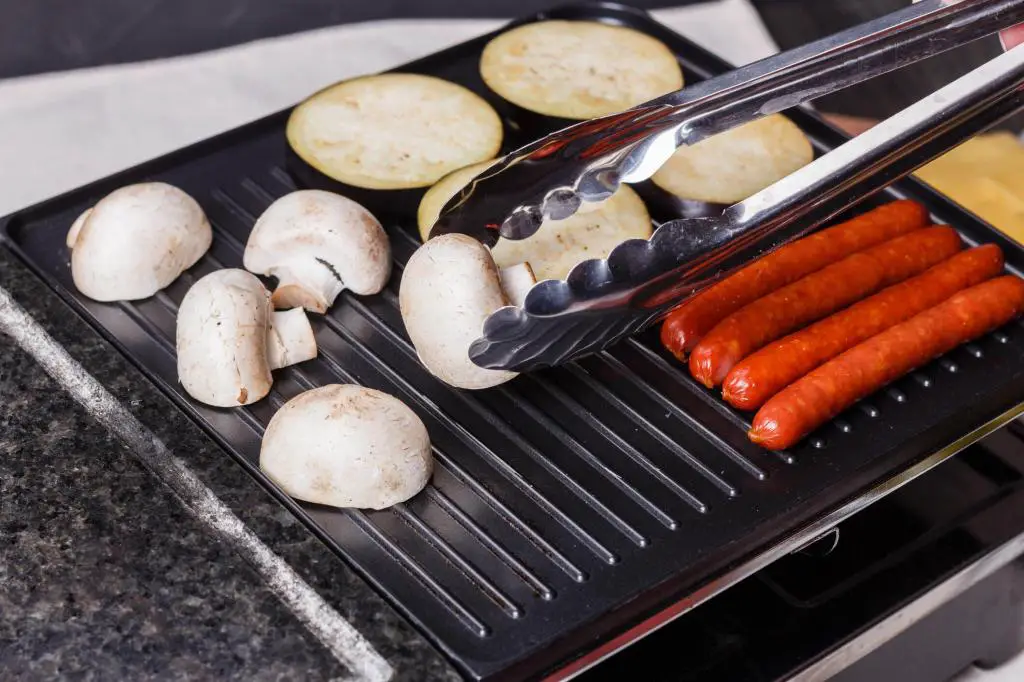
Imagine the sizzle of hot dogs on a grill, the aroma wafting through the air. Reheating hot dogs on grills can be a culinary adventure, infusing them with that smoky flavor we all love. Here’s your guide to elevating your reheating game.
Before you grill, you want to make sure your grill is clean and well-maintained. A clean grill ensures optimal flavor and prevents any unwanted residues from tainting your hot dogs.
Preheat the grill to medium heat. Whether you’re using a gas or charcoal grill, let it warm up to create that perfect grilling ambiance.
Place the hot dogs directly on the grill grates. To maximize flavor, consider a diagonal placement for those appealing grill marks.
To achieve even reheating, flip the hot dogs occasionally. This prevents one side from becoming overly crispy while ensuring an evenly warmed interior.
| Also see: Can You Eat Hot Dogs Out of the Pack? |
Texture and Flavor Changes: How Reheating Affects Taste
Several factors come into play when it comes to the texture and flavor changes of reheated hot dogs. The composition of hot dogs, including the meat blend and additives, can react differently to reheating methods.
How long the hot dogs remain unopened also contributes to the texture and flavor. You also want to check the use date of the hot dogs so you won’t reheat expired ones.
Additionally, the reheating process itself—whether through the microwave, stove, or oven—affects the moisture content and overall mouthfeel of the hot dog.
Key Factors in Flavor and Texture Changes
- Meat composition
- Additives in hot dogs
- Reheating method (microwave, stove, oven)
Table: Reheating Methods and Their Impact
| Method | Texture Changes | Flavor Changes |
| Microwave | May result in a softer texture | Minimal impact on flavor |
| Stove | Can enhance a grilled-like texture | Potential for intensified flavors |
| Oven | Even reheating preserves the original texture | Enhanced smokiness and depth |
Creative Reheating Ideas: Recipes and Topping Suggestions
Reheating hot dogs doesn’t have to be mundane; it’s an opportunity to infuse creativity into your culinary endeavors. Elevate your hot dog experience with these imaginative reheating ideas that go beyond the conventional methods.
Let’s explore unconventional yet simple reheating recipes that promise to tantalize your taste buds. From a sizzling hot dog stir-fry to a cheesy baked hot dog casserole, these recipes bring a burst of flavor to your leftovers.
Creative Reheating Recipes
- Hot Dog Stir-Fry: Combine sliced hot dogs with colorful vegetables for a quick stir-fry.
- Cheesy Hot Dog Casserole: Layer hot dog slices with cheese and, bake until golden brown for a gooey delight.
- Grilled Hot Dog Skewers: Thread hot dog chunks with veggies and grill for a smoky twist.
Table: Topping Suggestions for Hot Dogs
| Topping | Flavor Profile |
| Pineapple Salsa | Sweet and Tangy |
| Avocado and Bacon | Creamy and Smoky |
| Kimchi | Spicy and Fermented |
| Sriracha Mayo | Spicy and Creamy |
Beyond Ketchup and Mustard
Move over traditional toppings! Elevate your hot dog game with a diverse array of toppings that bring out unique flavors. From the zing of pineapple salsa to the savory goodness of avocado and bacon, experiment with these unconventional toppings.
Why You Don’t Want To Reheat Hot Dog Twice
Should you make a fresh batch when possible instead of reheating old ones? While it may be tempting to simply reheat leftover hot dogs, making a new, fresh batch is generally the better option for both taste and safety reasons. When you reheat hot dogs multiple times, there is an increased risk of bacterial growth and foodborne illnesses.
This is because each time they are reheated, the hot dogs spend more time in the danger zone, where bacteria can multiply rapidly.
Additionally, reheating leftovers can affect the texture and flavor of the hot dog. The repeated heating process tends to dry out the meat, making it less juicy and potentially less enjoyable to eat. Making a fresh batch ensures that you’ll have hot dogs with optimal taste and texture.
While it’s understandable that you may want to save time by reheating leftovers, putting your health at risk isn’t worth the convenience. Whenever you can, make a whole new batch of hot dogs instead of reheating ones that have already been served. Not only will this ensure your safety, but it will also guarantee a delicious eating experience every time!
Conclusion
Reheating food is a common practice to enjoy leftovers or make a quick meal. However, when it comes to hot dogs, it’s important to exercise caution and prioritize food safety. We’ve discussed the risks associated with reheating hot dogs multiple times and the potential dangers of consuming them if not handled properly.
To recap, reheating hot dogs once is generally considered safe as long as they are stored properly and heated thoroughly. It’s crucial to use a food thermometer to ensure that the internal temperature reaches at least 165°F (74°C) before consumption. However, reheating hot dogs more than once can increase the risk of bacterial growth and contamination.
While some individuals may feel comfortable taking this risk, it’s best to err on the side of caution. To maintain optimal food safety practices, it is recommended to only reheat hot dogs once after initial cooking and consume them promptly afterward. Additionally, always store leftover hot dogs in an airtight container in the refrigerator within two hours of being cooked.
In conclusion, understanding how to safely handle and reheat foods like hot dogs can help prevent foodborne illnesses caused by bacteria such as Listeria or Salmonella. By staying informed about proper storage methods and following USDA guidelines for reheating temperatures, you can confidently enjoy your favorite dishes while prioritizing your health and wellbeing through good food hygiene practices.

